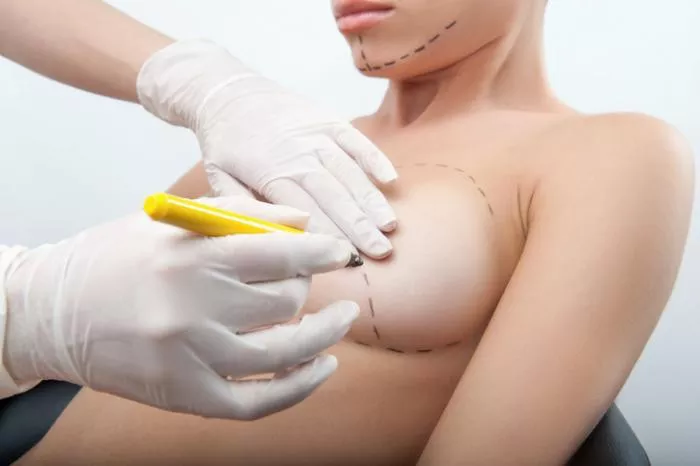Breast augmentation is a popular cosmetic surgery procedure that involves the insertion of implants to enhance the size and shape of the breasts. While the procedure is generally safe and effective, there are several risks and complications that can arise. Understanding the potential complications and taking steps to minimize them is crucial for anyone considering breast augmentation. In this article, we will explore the various ways that things can go wrong with breast augmentation and what you can do to avoid them.
1. Infection
Infection is one of the most common complications that can occur after Breast Augmentation surgery. It can happen when bacteria enter the incision site or the implant pocket, leading to inflammation, pain, and fever. In severe cases, the infection can spread to other parts of the body and cause sepsis, a potentially life-threatening condition. To prevent infection, your surgeon will give you antibiotics before and after the surgery and provide you with detailed instructions on how to care for your incisions. It’s essential to follow these instructions carefully and avoid exposing your incisions to water, dirt, or other contaminants.
2. Capsular Contracture
Capsular contracture is another complication that can occur after breast augmentation. It happens when the scar tissue that forms around the implant tightens and compresses the implant, making it feel hard and distorted. Capsular contracture can cause pain, discomfort, and a change in the shape or position of the breast. While the exact cause of capsular contracture is unknown, some factors that may increase the risk include infection, trauma to the breast, and implant rupture. To minimize the risk of capsular contracture, your surgeon may recommend massaging your breasts regularly and choosing implants that are less likely to cause this complication.
3. Implant Rupture
Implant rupture is a rare but serious complication that can occur with breast augmentation. It happens when the implant shell tears or breaks, causing the saline or silicone filling to leak into the surrounding tissue. Implant rupture can cause pain, swelling, and changes in the shape or size of the breast. While saline implants are less likely to cause complications if they rupture, silicone implants can be more challenging to detect and may require an MRI to diagnose. To minimize the risk of implant rupture, it’s essential to choose a reputable surgeon who uses high-quality implants and to follow up regularly with your doctor.
4. Breast Pain
Breast pain is a common side effect of breast augmentation surgery, but in some cases, it can be a sign of a more serious complication. Pain can occur due to nerve damage, infection, or implant-related problems. If you experience severe or persistent breast pain after surgery, it’s crucial to contact your surgeon immediately. They can evaluate your symptoms and determine the best course of action, which may include medication, physical therapy, or surgery.
5. Asymmetry
Asymmetry is another potential complication of breast augmentation. It happens when one breast appears larger or higher than the other, or when the nipples are not aligned correctly. Asymmetry can occur due to a variety of factors, including implant placement, swelling, and healing. While some degree of asymmetry is normal, significant differences in breast size or shape can be a cause for concern. To minimize the risk of asymmetry, your surgeon will carefully evaluate your breasts and recommend the best implant size and placement for your body.
6. Bottoming Out
Bottoming out is a complication that can occur when the implant drops too low on the chest and causes the nipple to appear too high on the breast. It happens when the implant pocket is too large or when the implant is too heavy for the breast tissue to support. Bottoming out can cause discomfort, asymmetry, and a distorted breast shape. To minimize the risk of bottoming out, your surgeon may recommend using a smaller implant or adjusting the implant pocket to provide more support.
Conclusion
Breast augmentation is a popular and effective way to enhance the size and shape of the breasts, but it’s essential to understand the potential risks and complications associated with the procedure. By choosing a reputable surgeon, following pre- and post-operative instructions carefully, and monitoring your symptoms closely, you can minimize the risk of complications and achieve the best possible outcome. If you experience any of the complications discussed in this article, it’s crucial to contact your surgeon immediately to receive prompt and appropriate care. With proper care and attention, breast augmentation can be a safe and rewarding procedure that improves your confidence and quality of life.


